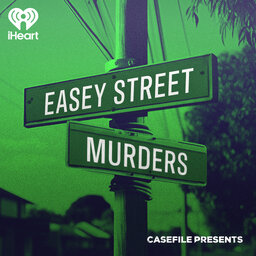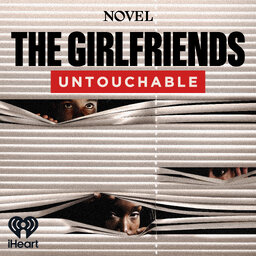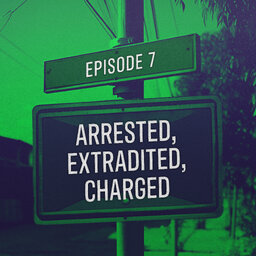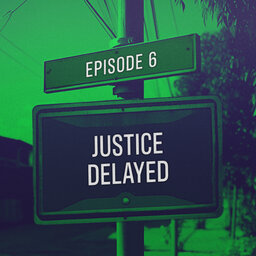Three Witnesses
For decades, the common misconception was there had been no witnesses to this double homicide. Yet, there were people living in the street who saw and heard things on the night Susan and Suzanne died and in the days that followed that could have proved significant. One was right next door. Police failed to interview any of them at the time.
Don’t wait until the next episode, you can hear the full series now. Binge all episodes of Casefile Presents: The Easey Street Murders for free, exclusively on the iHeartRadio app. Get the app here.
 Casefile Presents: The Easey Street Murders
Casefile Presents: The Easey Street Murders


